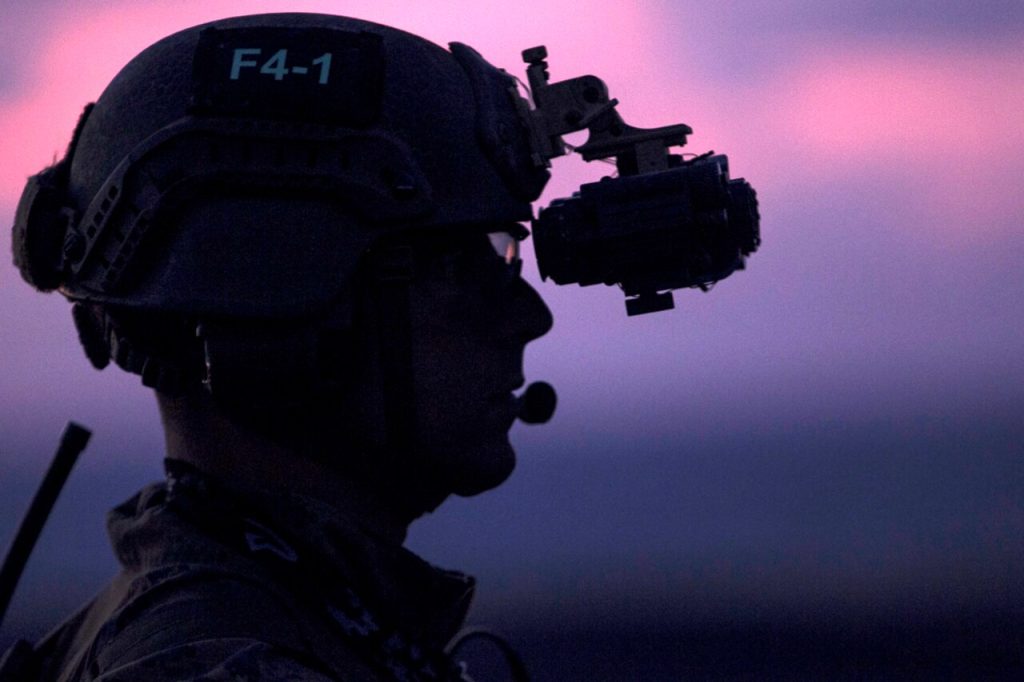
The thermal monocular offers a range of advantages over traditional thermal rifle scopes. With so many options on the market, it can be overwhelming to choose the right one. In this article, we will explore the surprising benefits of having a thermal monocular as well as the more traditional benefits you may not have thought of.
The Thermal Monocular for Hunting
A thermal monocular can be the most important accessory alongside your thermal rifle scope. At face value, a thermal monocular uses infrared technology to detect and display heat signatures. What makes it stand out is its superior portability and small profile. These features can provide you with a range of added benefits.
Safer Scanning
Scanning your surroundings with your rifle scope can be dangerous, especially if you’re with other people. It’s much safer with a thermal monocular. That way you’re not pointing your rifle where there may be other hunters or people.
Locating Game
A thermal monocular allows you to spot and approach game easily, without walking up on them and scaring them away. Its weight and portability also enables you to handle the device much more easily so you don’t have to rely on your rifle scope when you’re on the move.
Tracking Wounded Animals
Your target’s blood trail will leave a heat signature, making it easier for you to track and recover the game. But walking with your rifle aimed at the ground isn’t ideal. Here’s where the size and weight of a thermal monocular comes in to help. Take the iRay MINI Multi-Function Thermal Imager for example. This powerful mini thermal monocular weighs in at just 1/2 a lb. Being one of the smallest on the market, it easily fits inside of your pocket mounted on your helmet.
Multi-Purpose Thermals
The versatility of some thermal monoculars like the IRAY Rico Micro RH25, lets you mount it on a helmet or a rifle. You can also comfortably hold it by hand. Having a helmet-mounted monocular keeps your hands free for other tasks, and your arm won’t get tired from holding it up. Alternatively, if you have a spotter with you, they can use the monocular while you’re sighted in with your rifle scope.
Other Uses of a Thermal Monocular
Thermal monoculars can also be used for a number of non-hunting activities. Such as surveillance at night around your home. You can also use one to monitor your home insulation. Easily discover where the heat is escaping your home in the winter. You can even use your monocular to locate studs in the walls. In emergency situations, a handheld thermal monocular will help you stay on the move, especially for search and rescue missions where you may need to detect heat signatures from a distance.
Factors to Consider When Choosing a Thermal Monocular
When choosing a thermal monocular, there are several factors to consider. These include:
Magnification
The magnification of a thermal monocular determines how close you can see your target. Higher magnification may be desirable for long-range hunting or surveillance, while lower magnification may be more suitable for close-range activities.
Durability and Portability
A durable and portable monocular is essential for hunting and other outdoor activities. Look for a device that is built to withstand the rigors of outdoor use and is lightweight and easy to carry. Take into account the weight of the batteries and any mounts you plan to attach for added weight.
Battery Life
Battery life is an important consideration when choosing a thermal monocular. Look for a device with a long battery life, so you don’t have to worry about the battery dying in the middle of a hunt or other activity. Also note the type of batteries you’ll need. Are they rechargeable, built-in, or disposable, and are the batteries compatible with any other equipment you have on hand?
Field of View and Objective Lens
The field of view determines how much of your surroundings you can see through the device. Look for a device with a wide field of view for optimal viewing. Objective lens collects light and directs it towards the sensor, which produces the final image. The size of the objective lens will determine the amount of light collected. Larger objective lenses allow more light and better image quality. Remember, with a lens with a more narrow FOV will see farther.
Range finding capabilities
Modern thermal monoculars come with a built-in Laser Rangefinder (LRF). The Trijicon IR-Patrol thermal monocular has a stadiametric ranging system, making it quick and easy to determine distance. Depending on the model you buy, you can detect the range of an object out to 1,000 yards.
Size and Weight
Thermal monoculars are generally designed to be compact and lightweight, making them easy to carry and handle in the field. Typically dimensions range from 5 to 8 inches in length and 2 to 4 inches in width.
Thermal Monocular Scope Versatility
A thermal monocular can provide you with even greater value as an accessory. Its range of potential uses extends beyond hunting and tactical applications, making it useful in a variety of situations. Whether you need a reliable tool while on the move or a backup option for when your primary scope’s battery dies, a thermal monocular can serve as a valuable asset.
However, it’s important to ensure that you select the right thermal monocular to meet your specific needs. Consider the environment where you’ll be using it and choose one that’s suitable for those conditions. By taking these factors into account, you’ll ensure that your investment will meet your needs for years to come.


